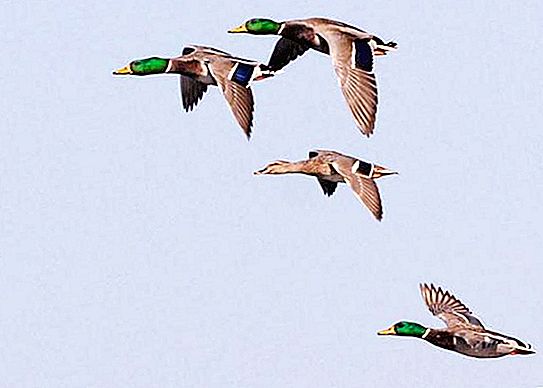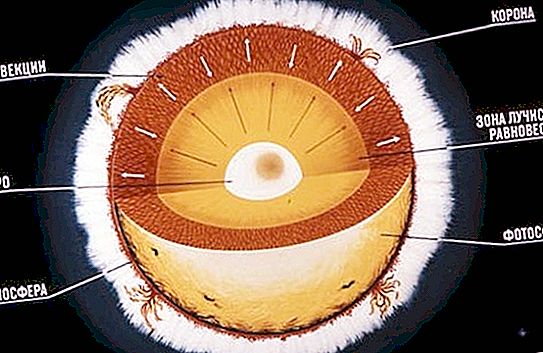One of the most numerous species of fauna is the moor frog (Rana arvalis) - a typical representative of the amphibian class. It is often found near water bodies in many regions and massively inhabits the territories of reserves.
Appearance
This species of frogs is not large in size, reaching a maximum length of 7 cm. A distinctive feature is the pointed snout.
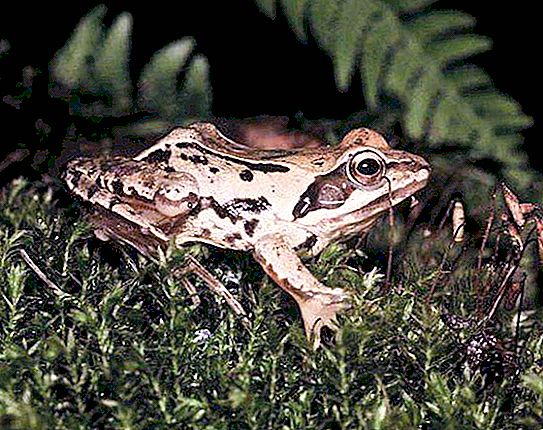
There are some structural features of the body. So, when the limbs are folded perpendicular to the axis of the trunk, the ankle joints may not reach one another. The size of the internal calcaneal tuber is quite large for these frogs. It is tall and is more than half the length of the entire finger.
Thanks to its peculiar coloring, the sharp-faced frog is almost invisible in the grass. The back of a brown color can have a different yellowish, pink, olive shade. Dark shapeless spots of various sizes are often located on it. A light streak sometimes passes along the back. From the eye to the shoulder stretches a dark spot that performs the function of camouflage during the hunt. The male can be recognized by the rough mating callosities located on the fingers of the forelegs, as well as by the bluish body color that he acquires during the mating season. Life expectancy averages 12 years.
Spread
Almost everywhere in the territory of European countries, the sharp-faced frog lives, a photo of which is posted in this article. In the north, its distribution is limited to Scandinavia, in the south - to Yugoslavia and Romania. In Russia, the species range extends from the White Sea to the lower reaches of the Don in the Rostov Region, including Western Siberia and the Urals.
Habitat
Forest and forest-steppe zones are the main places where this species of frogs is most abundant. In the mountains, they can rarely be found in Altai, at an altitude of no more than 2140 meters above sea level, in the Carpathians, up to an altitude of 987 m. They live almost everywhere, choosing both wet and dry areas.
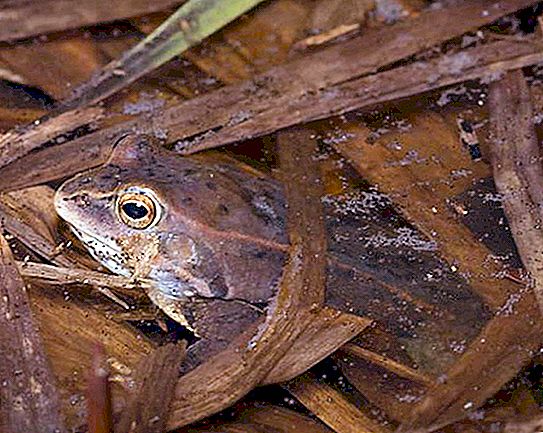
In broad-leaved and mixed forests, they prefer to occupy the edges, clearings. They like to settle in floodplains, swamps, overgrown ravines, in meadows rich in forbs. It is not uncommon to meet this amphibian on agricultural arable land, vegetable gardens and even in city parks and squares.
Lifestyle
Like all other amphibians, the sharp-faced frog can have different activity, which depends on the temperature of the surrounding air. When cold weather sets in, they become less mobile. The ability of these amphibians to breathe not only with the lungs, but with the entire surface of the skin requires a moist environment. Dry air can destroy them. Therefore, the frog spends most of the time in the water, occasionally moving away from the reservoir to a distance of no more than 20 meters. They can hide under the roots of trees, in fallen leaves, thick grass. Most common when air humidity exceeds 85%.
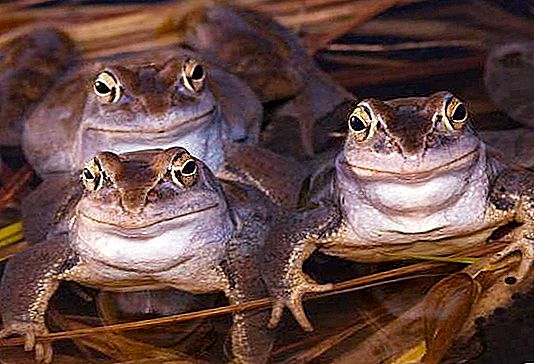
In autumn, in September or October, the frog goes for wintering. Spends it on land, hiding in old burrowing rodents, rotten stumps or basements.
Food
The main food for frogs are insects. Most often these are bugs, mosquitoes, caterpillars. The muzzle frog does not mind eating mollusks, spiders, earthworms and other invertebrate animals. The nature of nutrition depends on the habitat and on the season. Frogs hunt with the help of a long sticky tongue, which almost instantly grab prey.
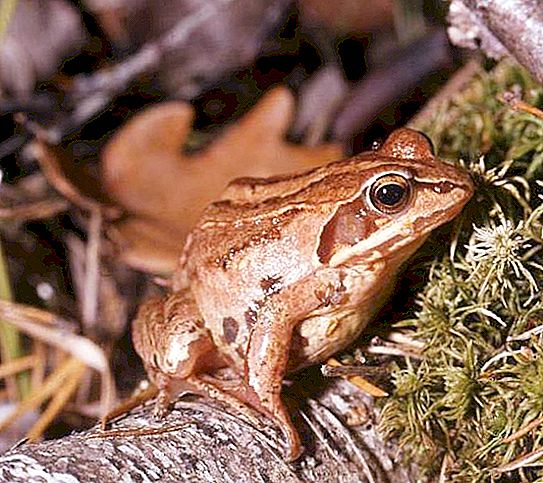
They themselves often end up as victims. Snakes, storks, gulls, crows, ferrets, badgers, foxes and many other representatives of the animal world constantly hunt frogs. Newts absorb their eggs, dragonfly larvae and tadpole beetles. The sharp-faced frog is also seen in eating its individuals.
Breeding
Spending most of their lives on land, these frogs certainly breed in water. This happens in early spring, when the water temperature rises to 5 ° C, but the snow has not completely melted yet. The duration of the breeding period is small. By May, after a maximum of 25 days, it usually ends already.
For spawning, the muzzle frog chooses mainly temporary reservoirs - peat quarries, puddles, ditches. At the bottom of grassy shallows up to 40 cm deep, the female lays eggs, which can contain from 300 to 3 thousand eggs. The diameter of the eggs is approximately 7 mm. After that, the female leaves the pond, hiding under the leaves or moss. The male remains to guard the clutch, screaming rushing at the approaching individuals.

The development of eggs lasts from 5 to 21 days, depending on weather conditions. The length of the hatched larvae does not exceed 8 mm. Their development lasts 37–90 days. The tadpoles are dark in color; the tail pointed at the end is twice the length of the body. In the second month of life, they form their forelimbs, pulmonary respiration, and the tail is resorbed. In June or July, yearlings appear.
The mortality of the offspring frog is very high. Almost half of caviar and tadpoles die due to the drying up of reservoirs. In sphagnum bogs, most of them die from acidification of water. As a result, only 3% of all laid eggs survive to the stage of underyearlings at best.


